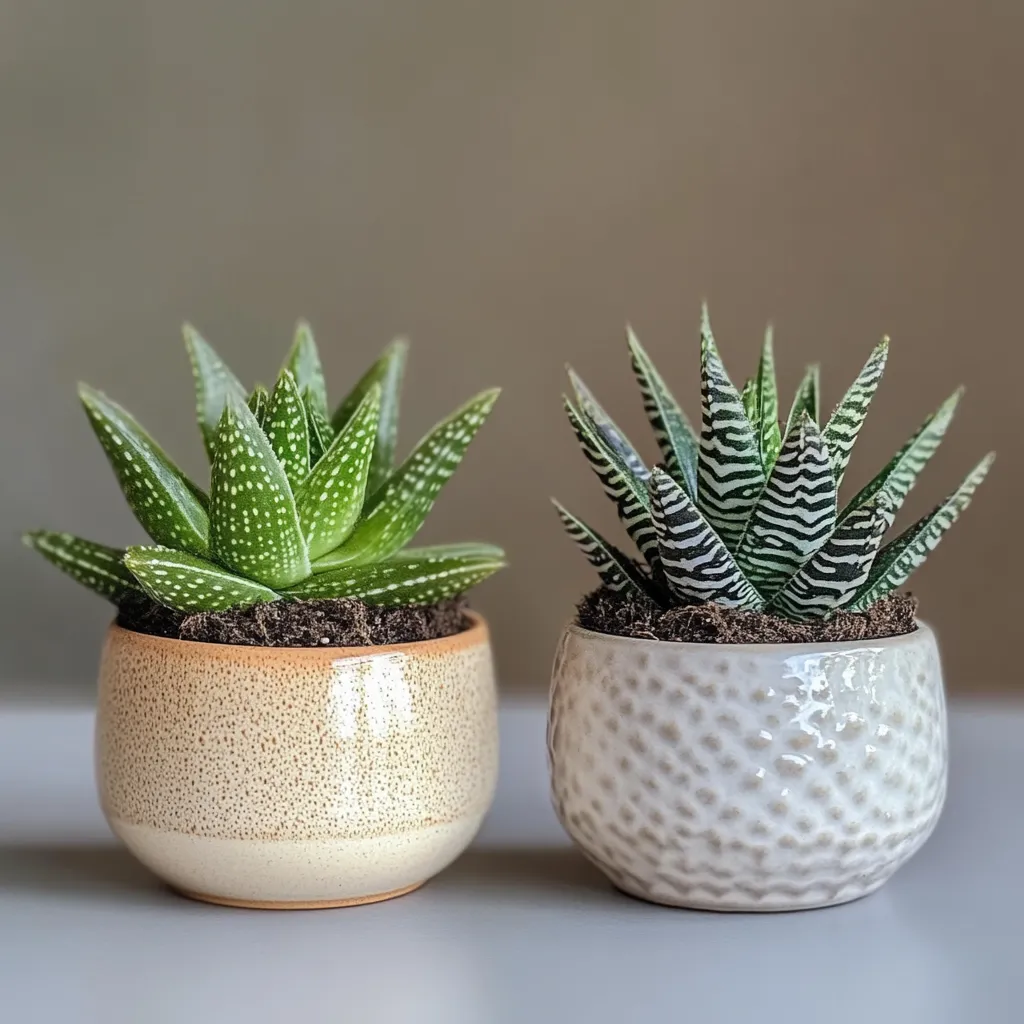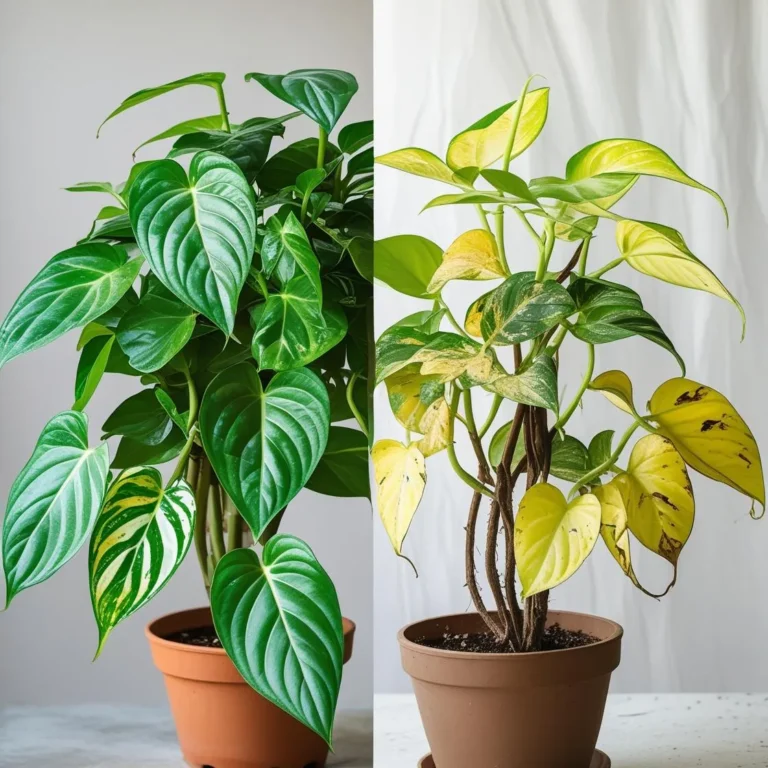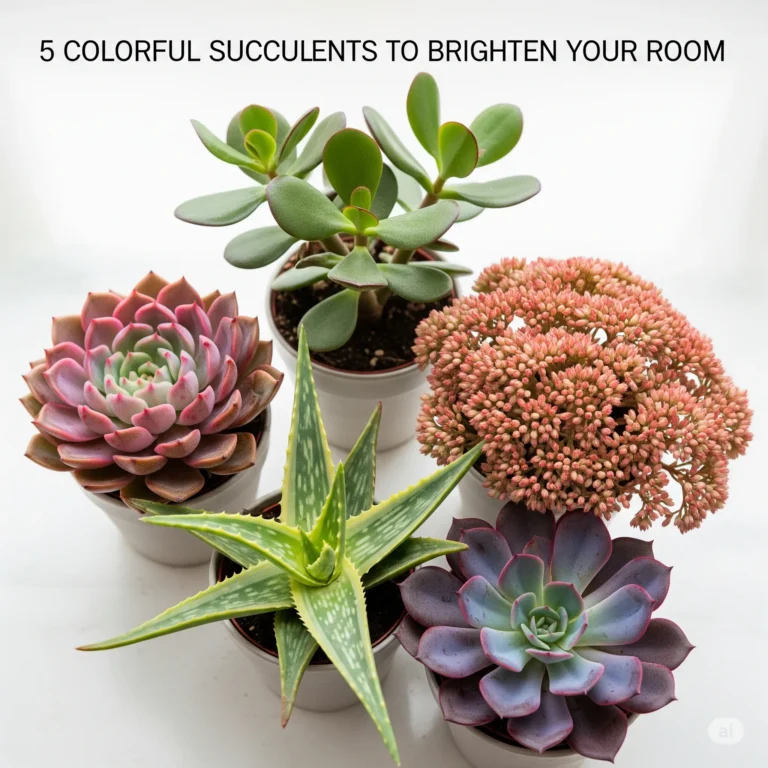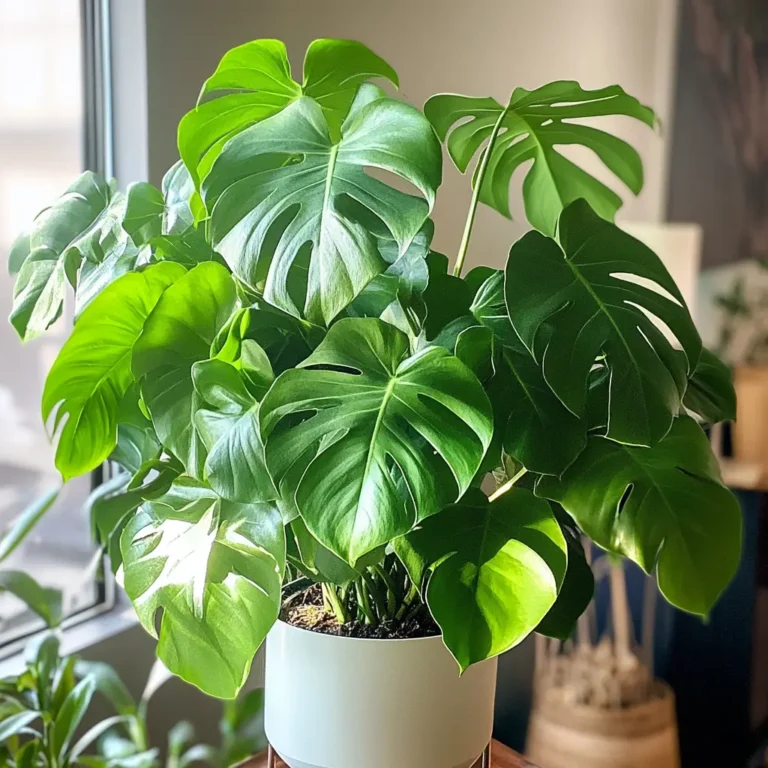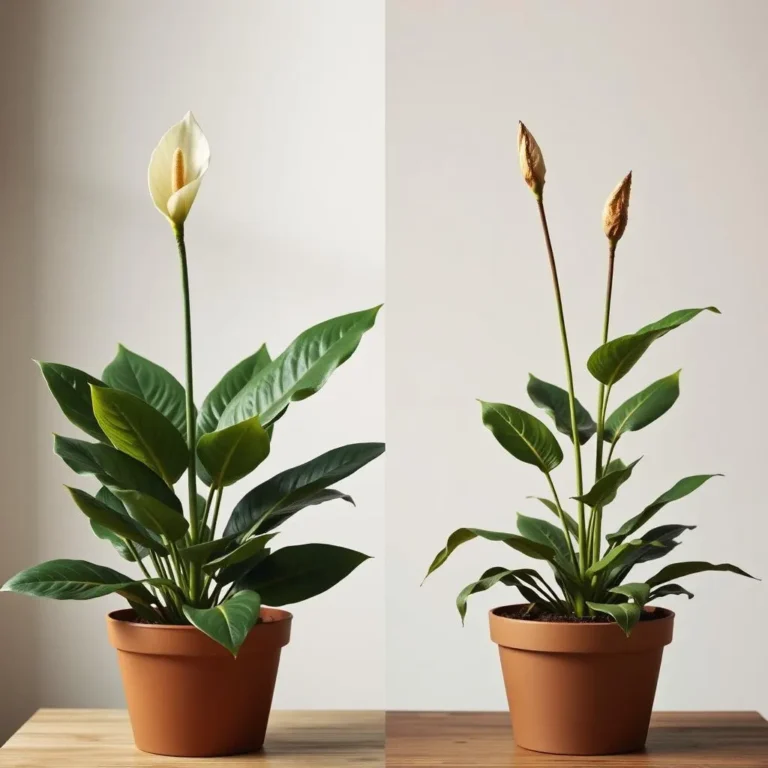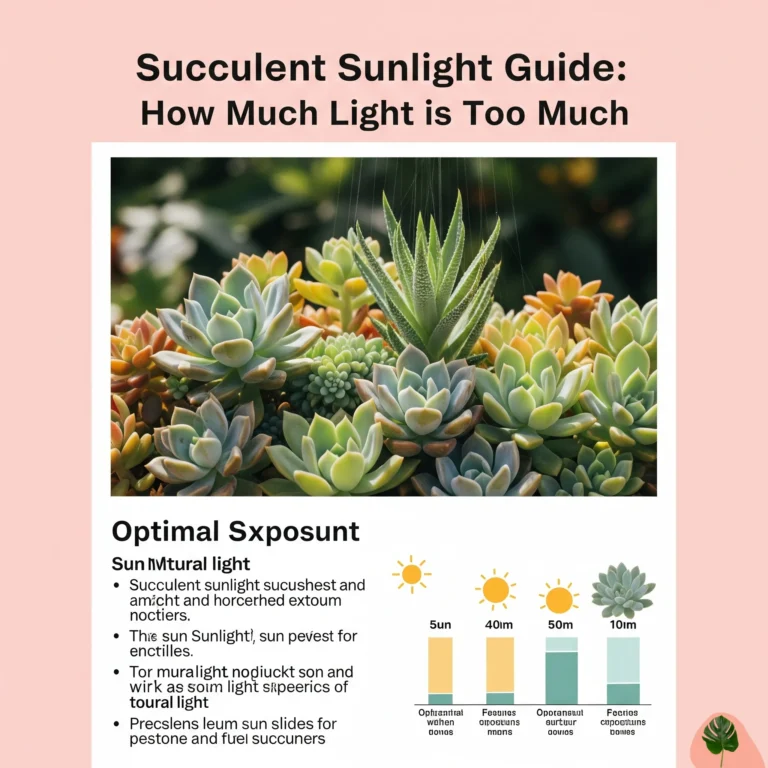Haworthia vs Zebra Plant: Spot the Difference
If you’ve ever found yourself staring at two similar-looking striped succulents wondering “Is this a Haworthia vs Zebra Plant?”, you’re not alone. These succulent lookalikes cause confusion even among experienced plant collectors, often leading to misidentified purchases and care mistakes.
Both plants showcase stunning white stripes against dark green leaves, but knowing how to identify Haworthia species versus zebra plants (Haworthiopsis fasciata) can save you from garden center mix-ups and help you provide the best care. Let’s dive into the key differences between succulents that will make you an expert at spotting these beautiful plants.
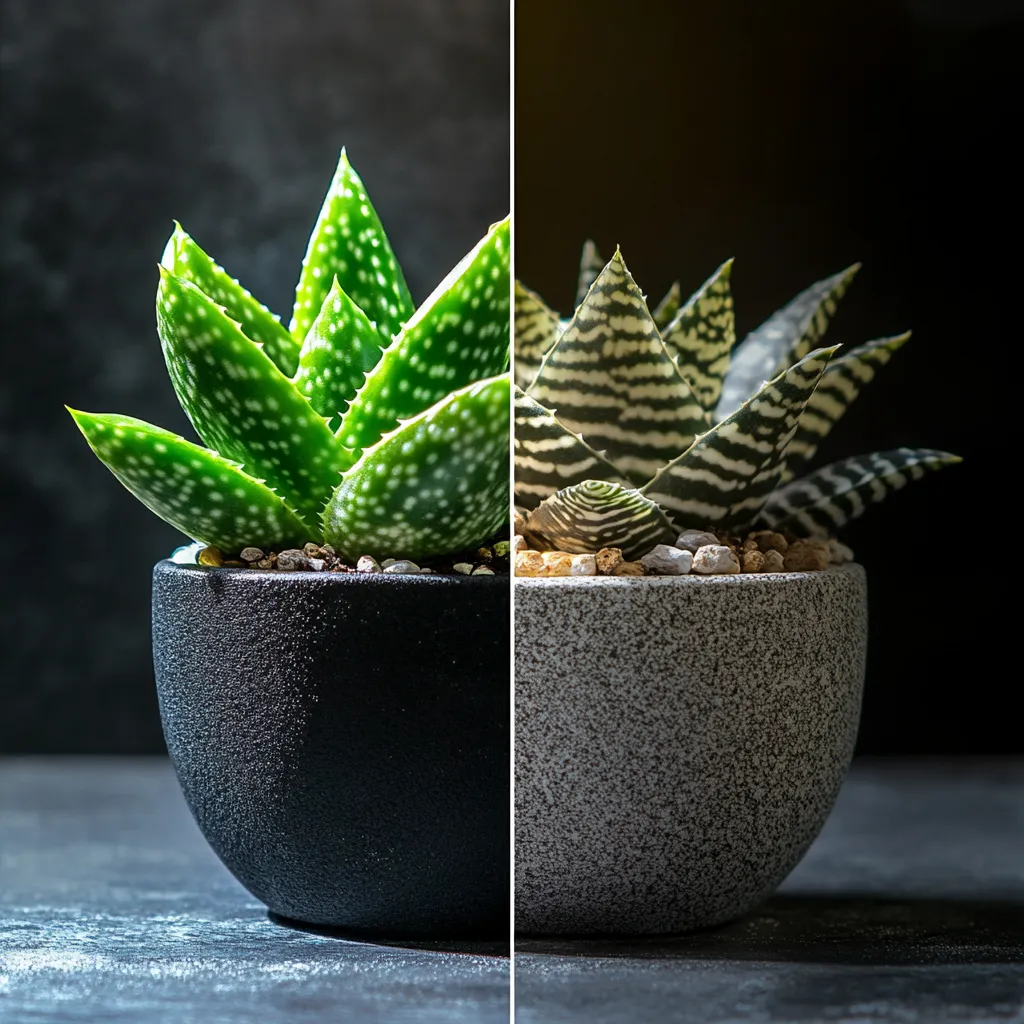
Quick Visual Comparison: Haworthia vs Zebra Plant
| Feature | Haworthia | Zebra Plant (H. fasciata) |
|---|---|---|
| Leaf Texture | Smooth inner leaves | Bumpy inner leaves |
| Leaf Pattern | White horizontal stripes | Raised white bumps |
| Growth Habit | Rosette-forming | More upright, wild look |
| Size | Small and compact | Slightly taller, open |
Understanding True Haworthia Plants
Haworthia is a diverse genus of small succulents native to South Africa, known for their distinctive rosette formation and translucent leaf windows. The most common species you’ll encounter include Haworthia cooperi, Haworthia truncata, and Haworthia retusa.
Key Haworthia Identifying Traits:
- Smooth, often translucent leaf surfaces
- Tight, symmetrical rosette growth
- Windows or translucent areas on leaf tips
- Generally smaller and more compact
- Often have softer, more rounded leaves
These characteristics make authentic Haworthia plants distinct from their zebra-striped cousins, though the confusion often arises with certain striped varieties.
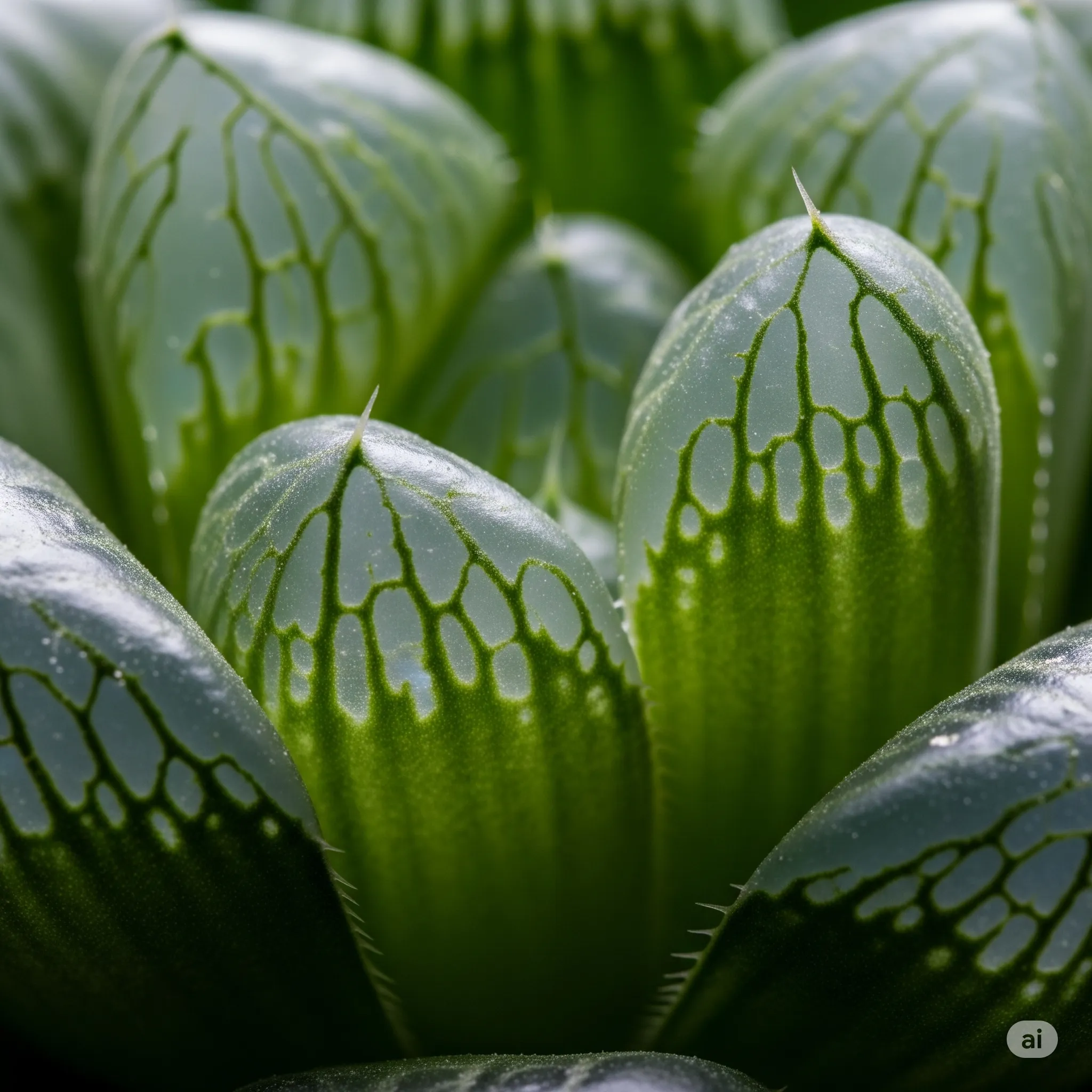
What is a Zebra Plant (Haworthiopsis fasciata)?
The zebra cactus vs haworthia confusion stems from recent botanical reclassification. What was once called Haworthia fasciata is now properly known as Haworthiopsis fasciata, though many nurseries still use the old name.
Zebra plants are characterized by their distinctive raised white bumps (tubercles) that create striking striped patterns. Unlike smooth Haworthia leaves, zebra plant leaves feel bumpy to the touch and have a more wild, upright growth pattern.
The scientific name change helps clarify the differences between succulents, though both plants share similar care requirements and South African origins.
Detailed Leaf Analysis: Texture & Shape
| Trait | Haworthia | Zebra Plant |
|---|---|---|
| Inner Leaf Surface | Smooth | Bumpy/raised tubercles |
| Leaf Arrangement | Tighter rosettes | Slightly more open |
| Leaf Thickness | Often plumper | Thinner, more pointed |
The most reliable way to distinguish these plants is through touch. Run your finger along the inner leaf surface – Haworthia feels smooth while zebra plants have distinctly raised bumps.

Care Requirements: More Alike Than Different
Good news for plant parents: both Haworthia and zebra plants share nearly identical care needs, making the identification question less critical for successful growing.
Shared Care Requirements:
- Bright, indirect light (east or north windows)
- Well-draining succulent soil mix
- Water every 2-3 weeks when soil is dry
- Temperature range: 65-80°F (18-27°C)
- Minimal humidity requirements
Both plants are beginner-friendly and tolerate neglect better than overcare. The similar care needs explain why they’re often grouped together in succulent collections.
Choosing Between Haworthia vs Zebra Plant
Choose Haworthia if you prefer:
- Compact, symmetrical growth
- Smooth, architectural appearance
- Translucent “windows” for unique light play
- Smaller space requirements
Choose Zebra Plant if you prefer:
- Bold, textured patterns
- Slightly larger, more dramatic presence
- Wild, natural growth habit
- Classic “zebra stripe” appearance
For beginners, zebra plants are often easier to find and identify, while Haworthia varieties offer more diverse forms and sizes for collectors.
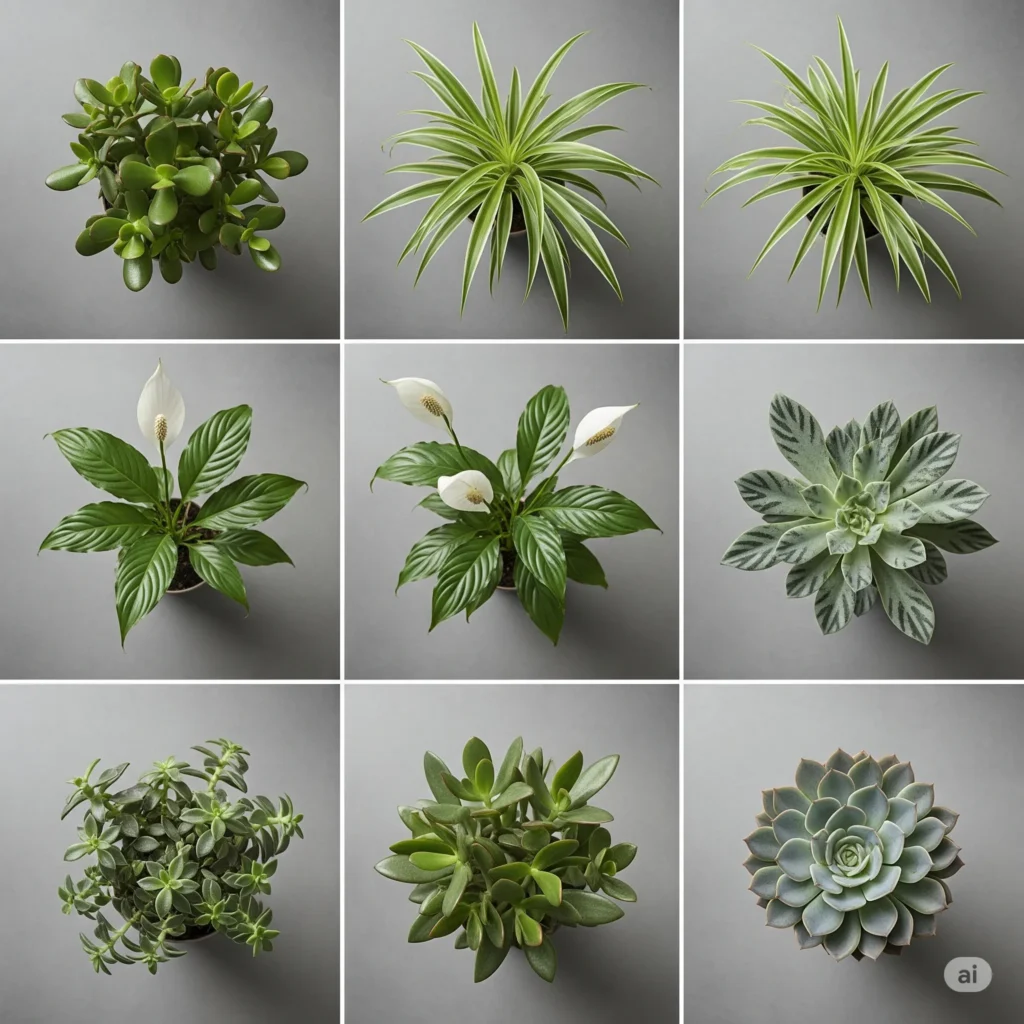
Size and Growth Pattern Differences
| Aspect | Haworthia | Zebra Plant |
|---|---|---|
| Mature Size | 2-4 inches | 4-6 inches |
| Growth Speed | Slow | Moderate |
| Offset Production | Moderate | Prolific |
Mastering the Haworthia vs Zebra Plant Distinction
Now you can confidently distinguish between these succulent lookalikes using the key identifiers: leaf texture (smooth vs bumpy), growth pattern (tight vs open), and overall size. Remember, the tactile test is your best friend – those raised bumps on zebra plants are unmistakable once you know what to feel for.
Whether you choose the architectural elegance of true Haworthia or the bold stripes of zebra plants, both make excellent additions to any succulent collection. The best part? Mastering how to identify Haworthia versus zebra plants means you’ll never be confused at the nursery again, and you can confidently care for whichever beautiful plant catches your eye.

